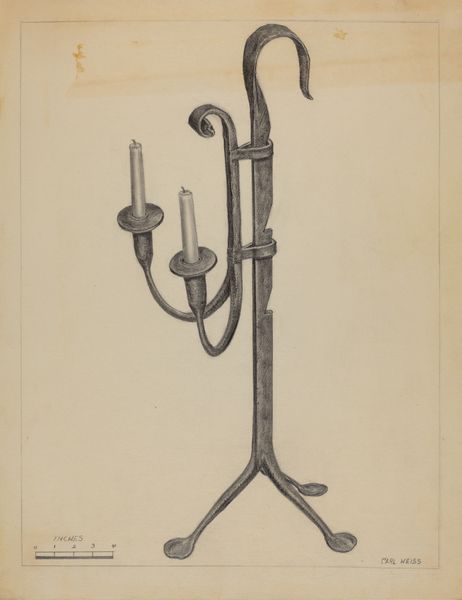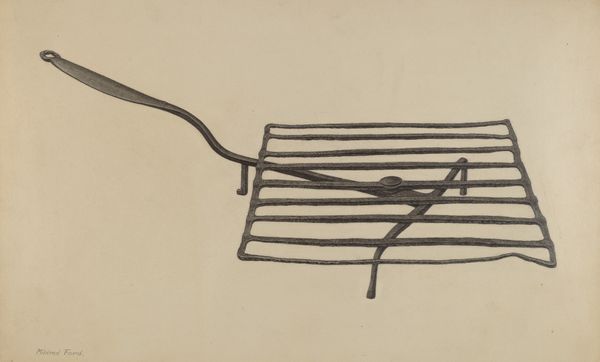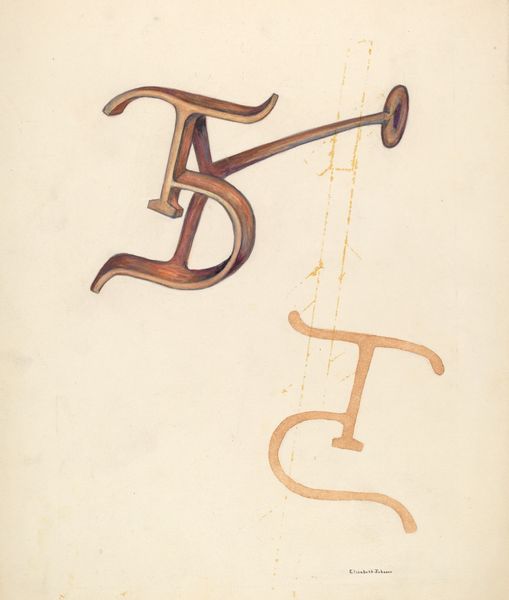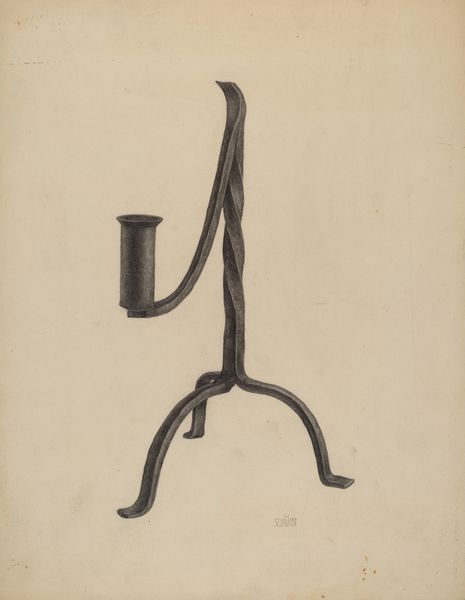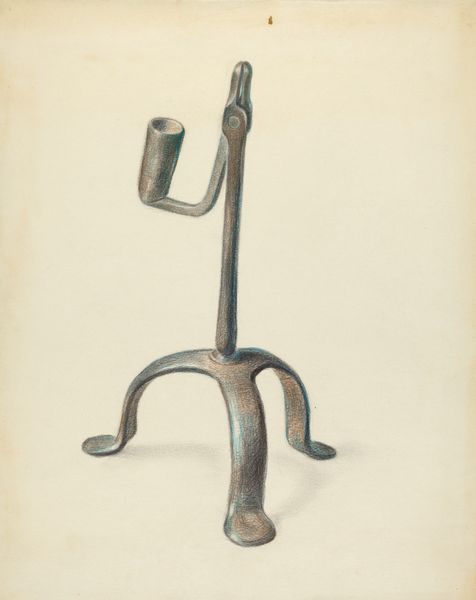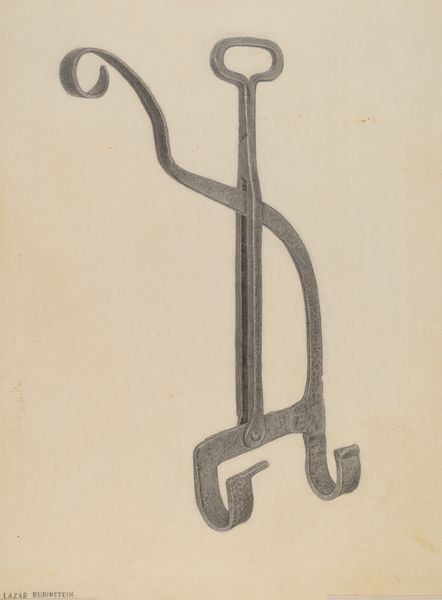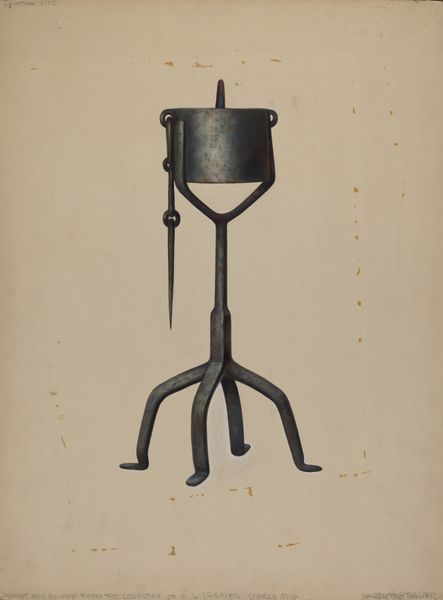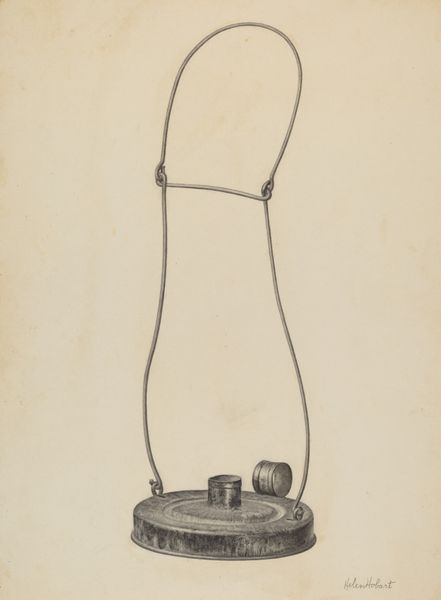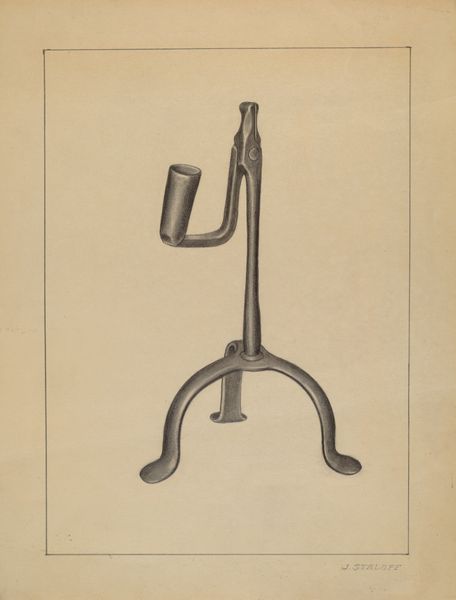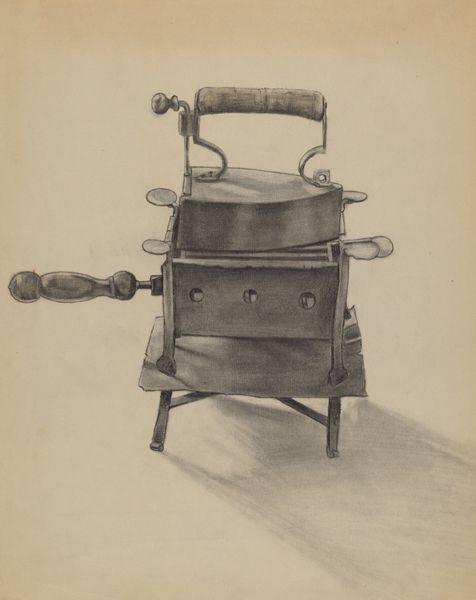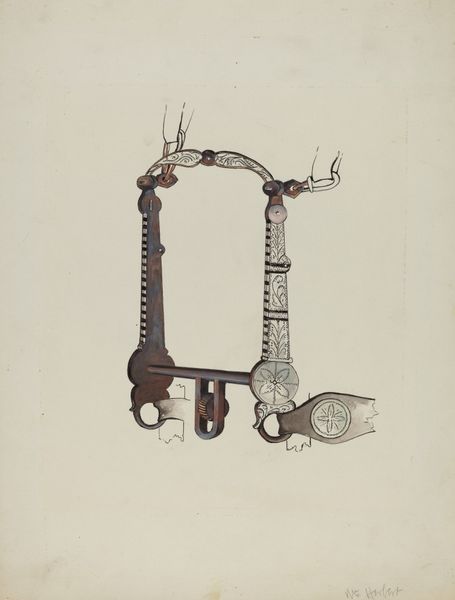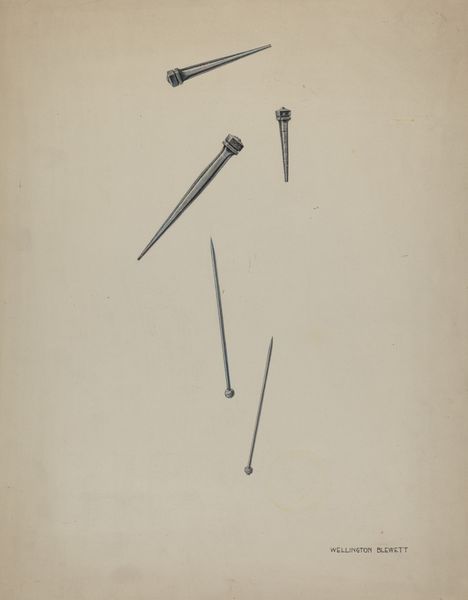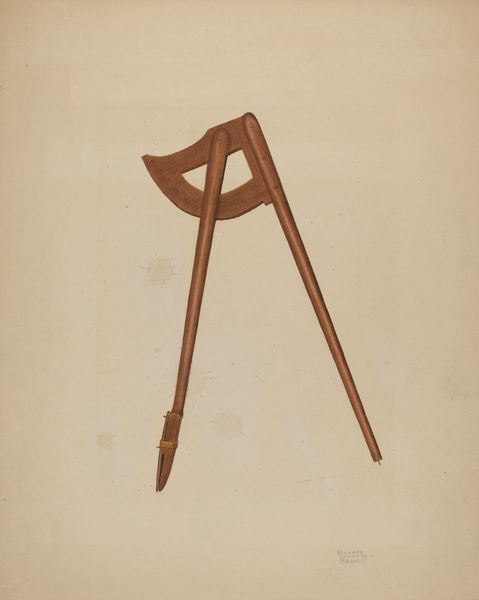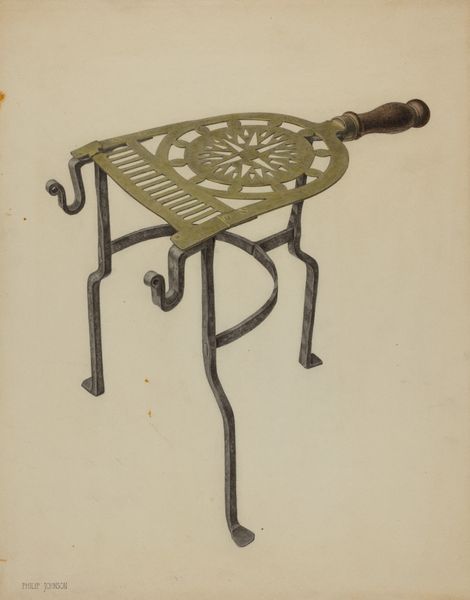
drawing, pencil
#
drawing
#
geometric
#
pencil
#
academic-art
Dimensions: overall: 45.7 x 35.5 cm (18 x 14 in.) Original IAD Object: 12 1/2" high; 9 3/8" in diameter
Copyright: National Gallery of Art: CC0 1.0
Editor: Here we have Filippo Porreca’s "Trivet Toaster," made around 1938, using pencil on paper. It’s a strikingly detailed drawing of what appears to be, well, a rather elaborate toaster. I am wondering though, is this piece an artifact or art object? What are your initial thoughts? Curator: Well, it raises a fascinating question about the function of art and its relationship to design, doesn't it? Here we see a utilitarian object elevated to the status of art through careful rendering. The act of drawing it, rather than simply using it, shifts its meaning. What does this suggest to you about the public's perception of domestic objects in the late 1930s? Editor: Maybe it reflects a growing interest in industrial design? I guess people started to value the aesthetic of everyday objects? Curator: Exactly. There's a political dimension here too. Consider the social context of the 1930s. This trivet toaster represents domesticity. Was Porreca commenting on that domestic sphere? It may hint a shift toward valuing form and function, connecting the domestic realm with industrial progress. It becomes more than a drawing of a kitchen appliance, doesn't it? It enters a public dialogue about taste and cultural identity. Editor: So, the drawing acts as a form of documentation, but also a commentary on the changing values of that era? Curator: Precisely. And consider the museum's role in preserving such an image. Why exhibit this and not just the object? Does showcasing the image offer more possibilities for cultural introspection and discussion? Editor: It’s fascinating how a seemingly simple drawing of a toaster can spark so many questions about history, society, and even the role of museums! Curator: Indeed. This work prompts us to reconsider how we define “art” and how socio-cultural factors shape our aesthetic appreciation of even the most commonplace objects. It makes me want to contemplate the everyday.
Comments
No comments
Be the first to comment and join the conversation on the ultimate creative platform.
